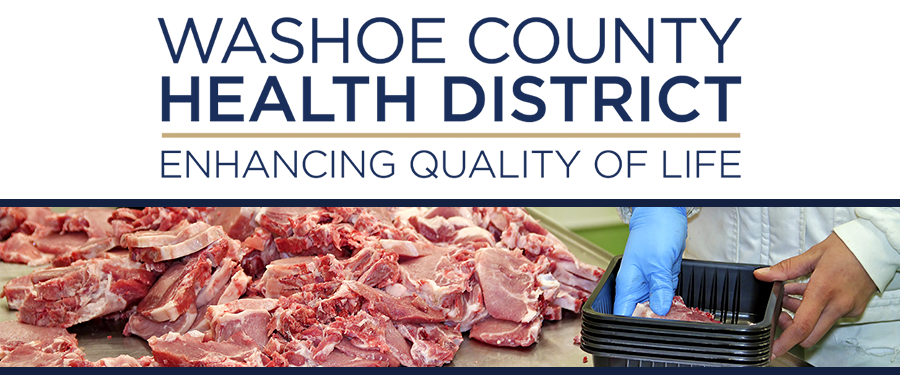WCHD LAUNCES INAUGURAL FOOD SAFETY NEWSLETTER

In an effort to bring more timely information to food establishment permit holders and the general public, WCHD Environmental Health Services will be sending you a quarterly Food Safety Newsletter. The Newsletter will highlight upcoming opportunities, announcements,
risk factors contributing to foodborne illness, food safety resources, and more.
Are there topics you’d like to see included here? Let us know by sending us an email.
UP AND COMING
- Deadline Extended: the application period for the Excellence in Food Safety Awards has been extended through March 31. If your facility meets requirements, apply online.
-
2022 Risk Factor Study: WCHD performs a Risk Factor Study every 5 years to determine the most common risk factors that contribute to foodborne illness in Washoe County. This year, inspectors will visit various restaurants to collect data and offer free food safety consultations. These visits are NOT inspections and your participation is voluntary.
Food Safety Fact
Did you know WCHD inspects almost 4,000 food facilities each year? If you want to see how your favorite restaurant rates, download the Washoe Eats App for Android or iPhone, or go online to learn more about our risk based inspection process.
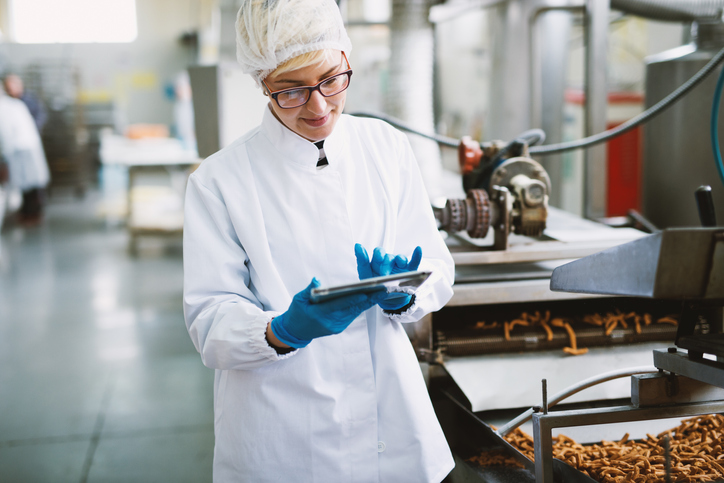
RISKY BUSINESS
The 5 most common risk factors that contribute to foodborne illness are improper holding temperatures,
inadequate cooking, poor personal hygiene, contaminated equipment, and unsafe sources. Each quarter we
will highlight one risk factor, steps you can take to mitigate it, and link resources available for you to use.
Cold Holding
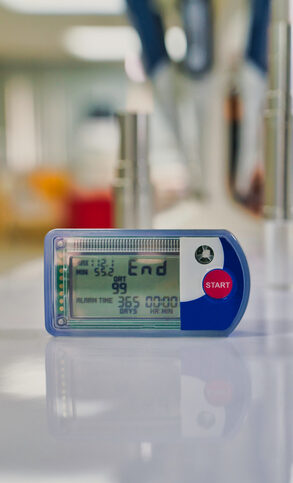
Cold holding temperatures is one of the most common violations seen during inspections. Regulations require that all time/temperature control for safety foods be held at 41°F or below to prevent bacterial growth that could cause foodborne illness. One of the best methods to mitigate this risk factor is properly training your staff to monitor your food temperatures using the following methods:
1. Use a calibrated stem thermometer to monitor internal food temperatures throughout the day. Stem thermometers should be inserted into the thickest part of the food.
2. Use ambient air thermometers inserted in each cold holding unit as a quick reference point. Food typically runs a few degrees higher than the ambient air temperature, so it is recommended to set your cold holding units between 36°F-38°F.
Logs and Standard Operating Procedures (SOP) are useful tools to train staff, maintain active managerial control within your facility, and gain compliance if your facility routinely has issues with maintaining cold holding temperatures. These tools and many more are available in multiple languages in our online Resource Library.
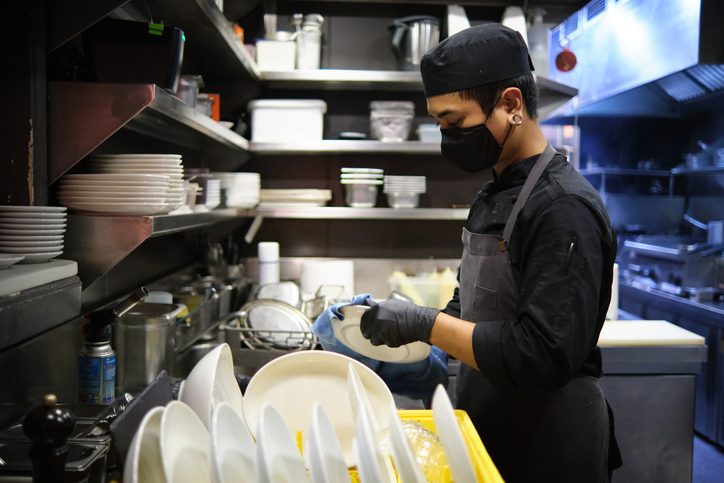
Staff must be trained on:
• how to calibrate a thermometer
• how to take food temperatures
• what temperatures are required
• how to report when a temperature is not
correct
• what actions to take when food is not at
the proper temperature
Resources available to you:
• Thermometer Calibration Log
• Refrigeration Temperature Log
• Critical Temperatures for TCS Foods
• Holding Cold and Hot TCS Foods SOP
RESTAURANT IMPROVEMENT
Restaurant Improvement shows before and after pictures of how your health inspectors help protect you from foodborne illness in Washoe County
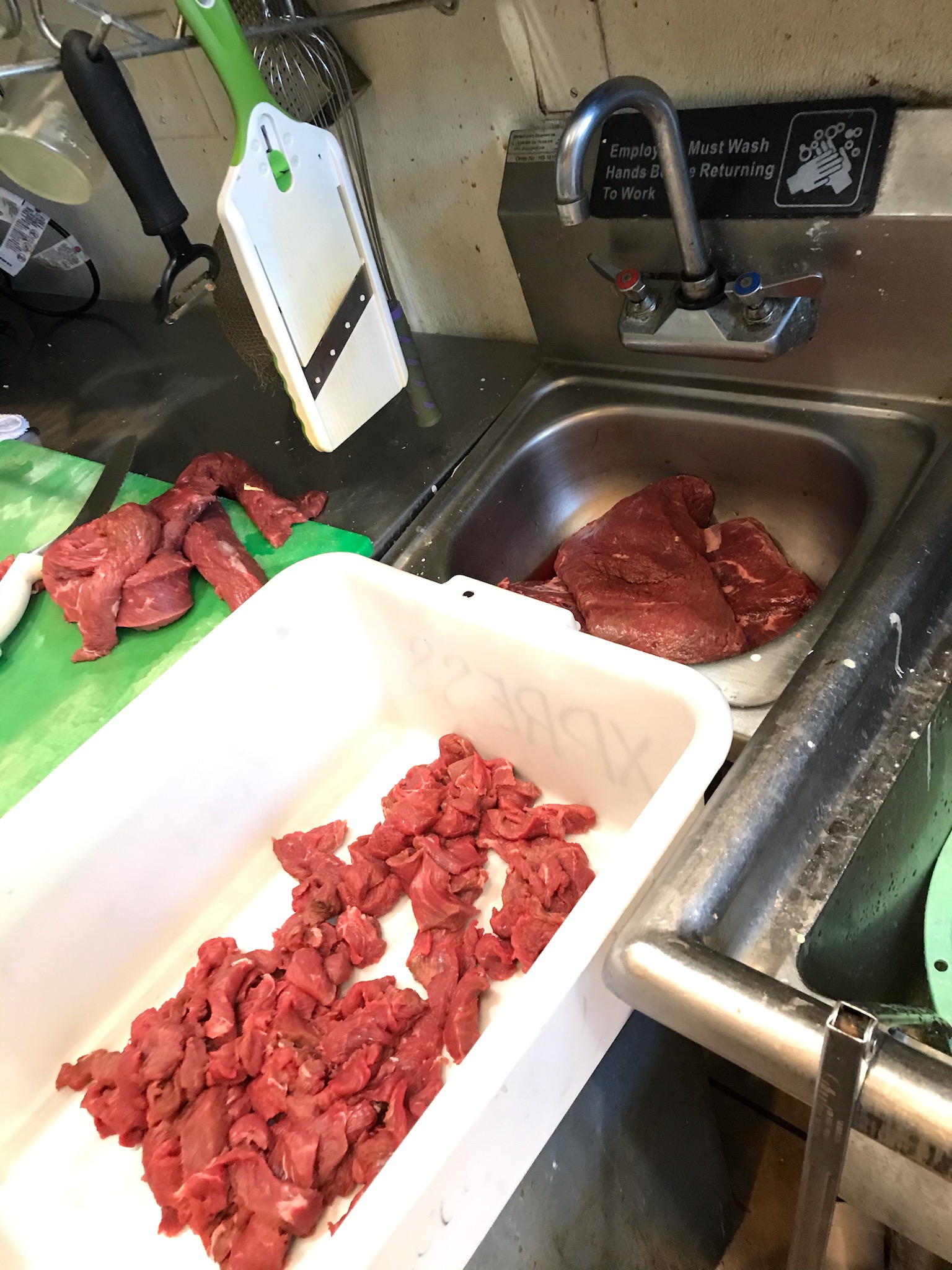
Picture of a blocked handwashing sink being used as a raw meat prep sink.
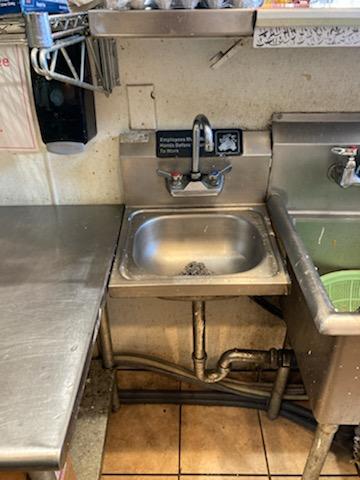
Picture of same handwashing sink, clear and accessible for employees to wash hands.
Are there topics you’d like to see covered in this newsletter?
Let us know by sending us an email.

